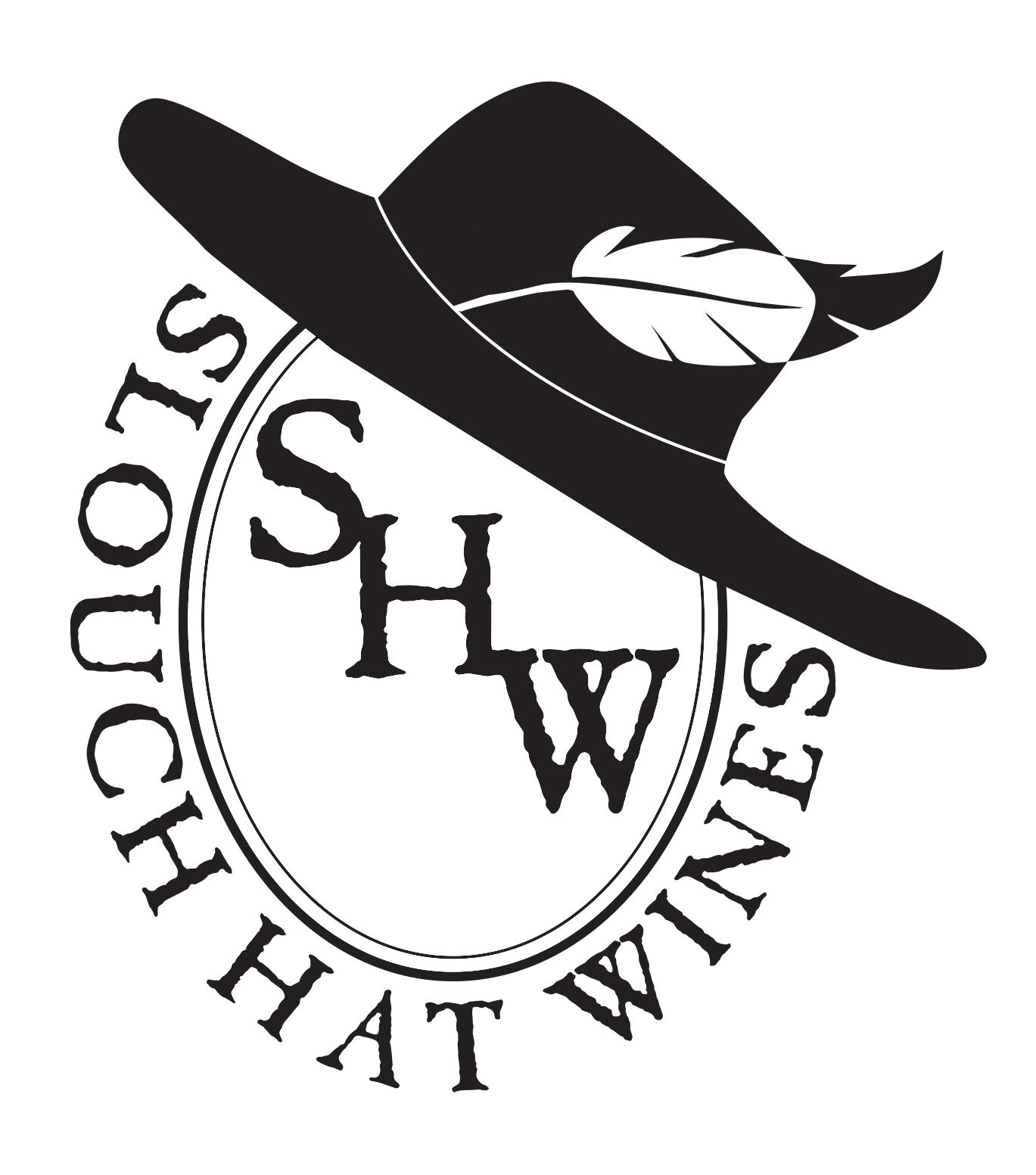Wine Diamonds
The other night my girlfriend, Rachel, and I were celebrating Slouch Hat Wines officially being sold in Arkansas when Rachel poured the last of the bottle of Slouch Hat’s As You Were Sauvignon Blanc in my glass. Immediately she thought something was wrong. A large amount of crystalline looking sediment fell into the glass. She asked, “Is that glass? What’s wrong with the wine?” I replied, “nothing is wrong. Those are just wine diamonds, and the only diamonds you’ll be seeing for a while…” Night ruined, so I went to enjoy my wine in solitary confinement and write this blog about wine diamonds.
Have you ever picked up a white wine and noticed what appears to be sediment in the bottom of the bottle or crystal-like substance stuck to the bottom of the cork when you open the wine? Those are wine diamonds. Wine diamonds are just a fancy name for tartrate crystals that form when your wine is chilled and the naturally occurring tartaric acid, which is found in the grape’s pulp, binds with potassium, which is found in the grape’s skin, to form a compound called potassium bitartrate. If you’ve ever cooked with cream of tartar, then you’ve cooked with potassium bitartrate.
Tartrate crystals, or potassium bitartrate, or “wine diamonds,” occur in both red and white wines. You would expect to find them more in red wine since the pulp of red grapes soak in the skins during maceration and fermentation to give the wine a longer opportunity to soak up tannins, anthocyanin (gives red wine it’s color), and other compounds, including potassium. A white wine is crushed and pressed off the skins, so it has significantly less time to incorporate potassium into the juice. However, we normally refridgerate red wines, so we do not give the tartrate crystals a chance to form. We do chill white wines and, therefore, mostly associate tartrate crystals with white wine.
Although it can be shocking to see come out of the bottle, it is completely harmless and seen as a sign of quality by many wine professionals, since it means the wine wasn’t over processed. Most wines that are made for mass distribution undergo a process called cold stabilization before bottling. This process simply chills the wine in the tank to create the chemical reaction that leads to tartrate crystals. Then the wine is filtered to remove all those crystals and create a perfectly clear wine. However, in doing so the winery is sacrificing color, acidity, and aroma to achieve clarity. At Slouch Hat Wines we chose to avoid cold stabilization for the 2022 As You Were Sauvignon Blanc, because our hope was to craft a Sauvignon Blanc with lower acidity and more tropical flavors, which requires the potassium and acid that would have been filtered out.
With the decision to skip cold stabilization comes the chance that there will be a lot of phone calls and emails in our future once people start to drink As You Were Sauvignon Blanc and find a lump of crystals at the bottom of the bottle or glass. The easiest way to avoid this is to chill the wine right before you are going to drink it. You would need to keep the wine in the refrigerator for approximately 10-14 days to get the tartrate crystals to form. Luckily, we all know you’ll drink it before then. If you don’t, though, no worries! You just need to allow the wine to settle by leaving it sitting up then pour the last glass slowly in order to prevent the crystals from falling into the glass. I purposely dumped the last of the bottle into the glass above in order to get the photo. I also drank this glass and I’m still here to write about it!
Now that you’ve read all that here’s my world-famous snickerdoodle recipe using the tartrate crystals from the Sauvignon Blanc instead of cream of tartar! Click here.
P.S. I have no idea if you can filter out the tartrate crystals and use it as cream of tartar. I imagine it’d have a bit of Sauvignon Blanc flavor to it. Try at your own risk.


